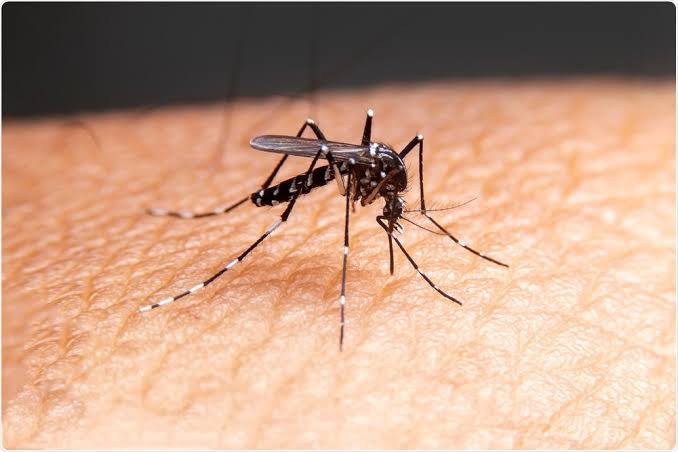Cerebral malaria is the most severe pathology caused by the malaria parasite, Plasmodium falciparum.
The pathogenic mechanisms leading to cerebral malaria are still poorly defined as studies have been hampered by limited accessibility to human tissues
The World Health Organization (WHO) reports that 50% of the world’s population living in 109 countries are still at risk of malaria.1 More than 300 million clinical cases of malaria and one million deaths occur annually.
Children under the age of 5 and pregnant women are most vulnerable to the disease. Hence, malaria continues to be a major global health problem, posing an enormous burden on mankind socially and economically.
According to data from the Centre for Disease Control and prevention (CDC), in Kenya, there are an estimated 6.7 million new clinical cases and 4,000 deaths each year resulting from the disease.
Gombi Mugweru, a 24-year-old student from the Kenya Institute of Mass Communication (KIMC) in Nairobi, who was diagnosed with cerebral malaria at the age of 4 years says the disease is very intense and can lead to a person committing suicide.

Having suffered from the disease at a young age, Gombi’s parents made various attempts to seek medical attention and ensure she gets cured but to their alter disappointment, it was never possible until now she is a teenager – forced to grow accustomed to the disease.
“When the sickness commences, I began to act very weirdly. Sometimes I could gain a lot of strength from nowhere forcing me to do abnormal kinds of stuff because at that time my brain thinks the opposite of doing the right thing. I could touch a weapon such as a knife in the house with an urge to cut myself,” narrated the KIMC student.
Gombi painfully recalls various accounts when she could break her phone without noticing while pouring water on herself, and even at times wanting to commit suicide, without noticing.
Back in primary and secondary school, the 24-year-old also recalls when the disease could start when she is in class.
This would lead to turning into a crazy girl in front of her fellow students forcing the class teacher to take her to the hospital.
“The disease can embarrass you because you do things that are similar to what a mentally ill patient would do. There are also many instances that I missed a series of studies because once it strikes, my parents had to come and take me home until my health stabilizes,” she said.
Further, the Cerebral Malaria victim reveals that the disease is very fatal and thus needs a lot of monitoring because it affects the brain of a person.
She cites the main challenge of undergoing the disease is being far from the guardian.
Gombi however has been able to manage it because of being close to her family and having a personal doctor who is very reliable.
Dr Caleb Oketch, a general doctor and Cardiovascular Surgery Resident from Kenyatta National Hospital (KNH) notes that Malaria is a global health concern mostly in tropical environments, with cerebral malaria being the most dangerous type of the disease.
“This is serious neurological complications induced by infections with Plasmodium fulcrum also known as malaria for it affects largely the brain. However, Retinopathy induced from malaria can serve as diagnostic for cerebral malaria,” notes Dr Oketch.

He stated signs and symptoms of the diseases the patient might experience among others Hallucinations, Muscle pain and altered state of the conscienceless, fixed jaw and tooth grinding, seizures, enlargement of liver and spleen, jaundice, bleeding and severe anaemia.
“The treatment is supportive nursing care, various antimalarial treatments, the anticipation of complications, aggressive treatment and intensive care.
However, if the disease is left untreated it can be very fatal,” said Dr Oketch.
Victims of Cerebral Malaria have asked the government to invest largely in combating the disease and to consider listing the disease as one of the most dangerous so that more emphasis can be put on addressing it .
“When research is done on malaria, the Government always generalized by focusing more on normal malaria, but us the patients suffering from cerebral malaria are the ones going through a lot. For instance, when a patient is hallucinating as one of the main symptoms, many misconceptions come from the public who are not sensitized about the disease,” Gombi States.



